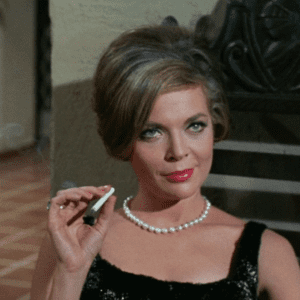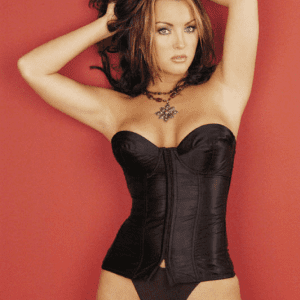
We revisit Cathy Lee Crosby’s 1974 television film Wonder Woman to recognize a version that dared to try something different long before the character became a mainstream TV fixture. In an era when female-fronted action was rare, this telefilm framed Diana Prince as a modern, globe-trotting operative: confident, athletic, and mission-driven. While later iterations would lean into mythic armor and superhuman spectacle, this film explored a sleek espionage tone, proving the character could thrive outside a strictly superheroic mold. Its value today lies in how it broadened the creative possibilities for on-screen heroines.
Video: Cathy Lee Crosby, the original Wonder Woman
Context: The 1970s Landscape of Television and Comics
The mid-1970s were a unique crossroads. Network television favored self-contained, high-concept TV movies that could seed potential series. Meanwhile, the comics had recently experimented with a depowered, espionage-era Diana—a stylish, martial-arts-trained civilian who operated in a world of spies and international intrigue. The 1974 film channeled that experiment, showcasing a heroine who relies on intelligence, training, resourcefulness, and moral clarity, rather than otherworldly strength or magical armaments.
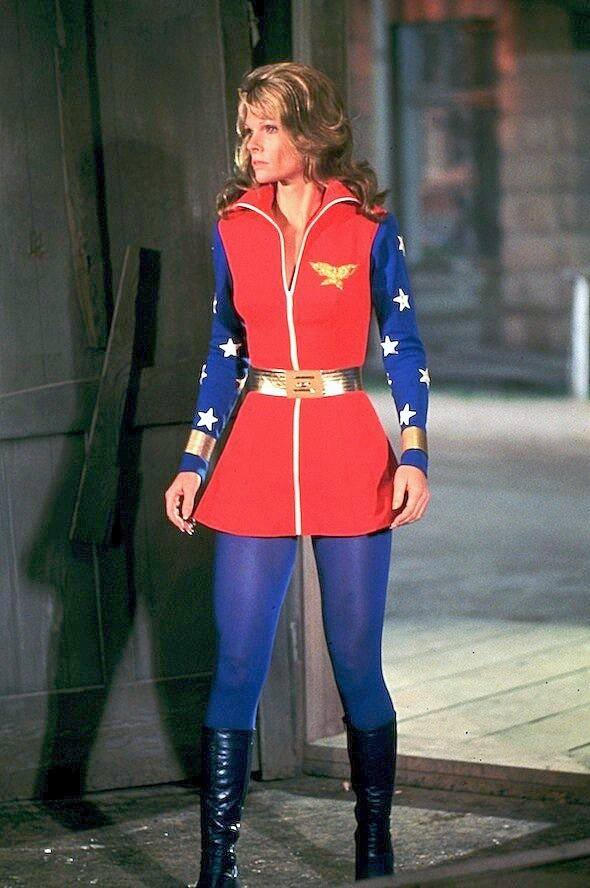
Story Shape: A Mission Built on Intrigue
At its core, the film plays like a spy thriller. Diana’s world is defined by coded dossiers, risky exchanges, high-stakes negotiations, and cat-and-mouse escalations that move briskly from one locale to the next. The antagonists employ leverage and misdirection as much as brute force, which places the hero’s tactical thinking in the spotlight. Instead of dominating through raw power, this Wonder Woman wins by reading opponents, adapting fast, and staying calm when the room tilts toward chaos.
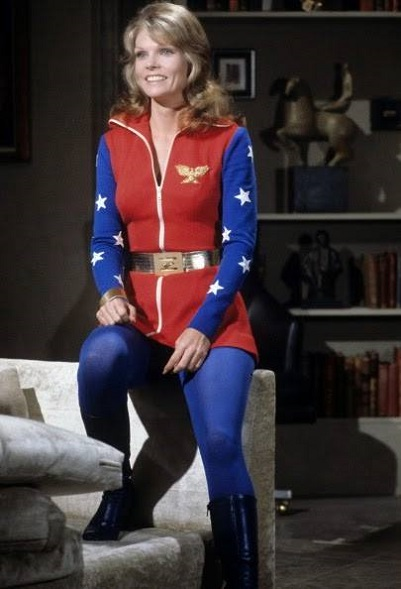
Characterization: A Grounded, Professional Diana Prince
Crosby’s portrayal offers a professional, cool-headed Diana who thrives in the gray spaces of diplomacy and covert ops. We see:
- Competence as charisma: Diana earns respect through poise and performance, not bluster.
- Physical confidence: The action reads as athletic and pragmatic, a credible extension of training rather than superhuman spectacle.
- Ethical steadiness: The character’s north star is people-first problem solving, whether diffusing a standoff or averting a public crisis.

This blueprint emphasizes a hero as a working professional—someone whose day job is safeguarding others, not merely donning a costume for climactic battles.
Visual Identity: Streamlined Style Over Mythic Pageantry
The telefilm’s wardrobe and production design opt for sleek, contemporary lines that align with its thriller DNA. Instead of bright armor and myth-forward iconography, we see clean silhouettes and functional fabrics. The effect is strategic: by blending into boardrooms, airports, and embassies, Diana can move through power structures where a caped figure might draw the wrong kind of attention. This choice, while controversial for audiences expecting a comic-accurate look, fits the script’s real-world stakes and reinforces the film’s grounded tone.
Video: The Dark (1979) | Full Movie
Action Language: Tension, Setups, and Payoffs
The action is built from setup-driven tension rather than city-level destruction. Chases hinge on information asymmetries; fights pivot on positioning, leverage, and timing; and escapes reward improvisation. The film’s best beats come when Diana anticipates an opponent’s next move—a reminder that suspense often lands harder when viewers understand what the hero risks losing and how cleverly she must think to escape.
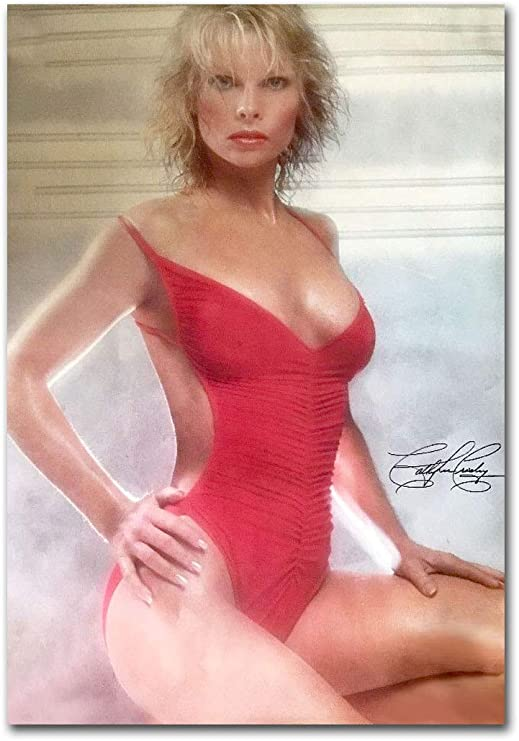
Themes: Agency, Adaptability, and Public Trust
Three themes define this interpretation:
- Agency: Diana chooses her missions and methods with clear ownership. We watch a woman who authoritatively directs the room, not one waiting to be briefed or rescued.
- Adaptability: Whether dealing with betrayals or logistical setbacks, she changes tactics without abandoning principles.
- Public Trust: The film links heroism to institutional credibility. Diana’s wins don’t just save individuals; they shore up confidence in systems that are supposed to protect people.

Cathy Lee Crosby’s Performance: Precision Over Flash
Crosby leans into precision acting—eye contact, measured cadence, and alert listening—prioritizing credibility and clarity. Her Wonder Woman is not an emblem chanting catchphrases but a honed professional making high-consequence decisions. The portrayal captures a different flavor of power: respect earned through judgment, restraint, and the quiet authority of someone who knows she’s prepared.
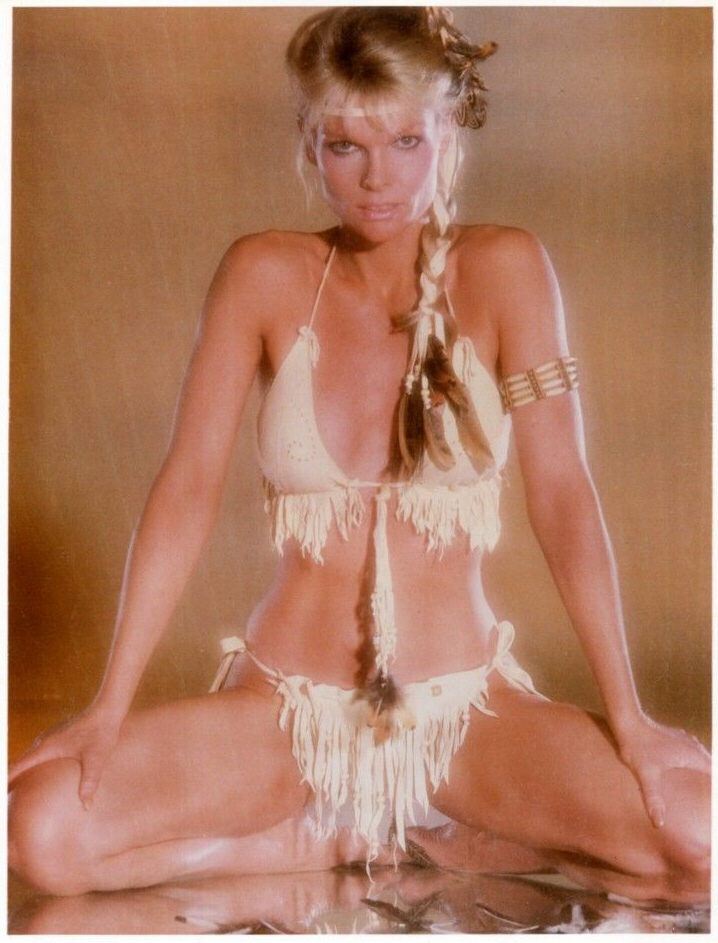
How It Differs From Later Screen Versions
Later incarnations would bring back mythic lineage, iconic armor, and heightened powers. Those versions deliver wondrous, operatic heroism. The 1974 film instead argues for capability without spectacle. It suggests that Wonder Woman’s greatness is not the costume alone but the conscience and competence inside it. In that sense, the movie expands—not contradicts—the character’s mythology.
Video: Every Wonder Woman Actress (1972–2024) | Live Action to Animation Evolution!
Reception Then and Reappraisal Now
Because the telefilm diverged from expectations, early reactions were mixed, especially among viewers hoping for a straight lift from the colorful comics. With time, however, the film reads as bold and formative. It tested television’s appetite for a female-led action property and demonstrated how tone, stakes, and characterization could carry a hero even when the visuals are restrained. Modern audiences—accustomed to prestige spy dramas—may find its espionage texture surprisingly contemporary.
Legacy: A Bridge That Made Bigger Things Possible
This film’s greatest legacy may be the permission it granted. By proving that Diana could anchor a feature-length story on network TV, it paved the way for subsequent adaptations to sharpen, remix, and scale up. The lesson is structural: once a network understands that viewers will follow a heroine through a full narrative arc, investments in richer world-building and iconic visuals become easier to justify.
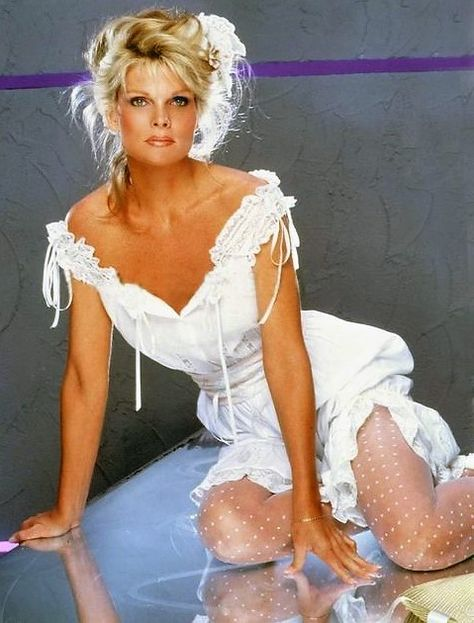
Craft Notes: What Filmmakers and Brands Can Learn
- Lead with point-of-view: The film’s clarity about Diana’s ethics and methods is a masterclass in character-led plotting.
- Use environment as strategy: Offices, airports, and lobbies become chessboards, not background dressing.
- Design to narrative: Wardrobe and props support function and theme, reinforcing a realistic, professional persona.
- Respect audience literacy: Viewers can track intel tradeoffs and moral nuance without heavy exposition.
Why We Recommend Revisiting It
We recommend this film not just for completists but for anyone curious about how media prototypes evolve. It’s a snapshot of a moment when network TV was testing the boundaries of what a woman hero could look like on the small screen. Far from an anomaly, it is a strategic rung on the ladder that lifted the character into enduring prominence.
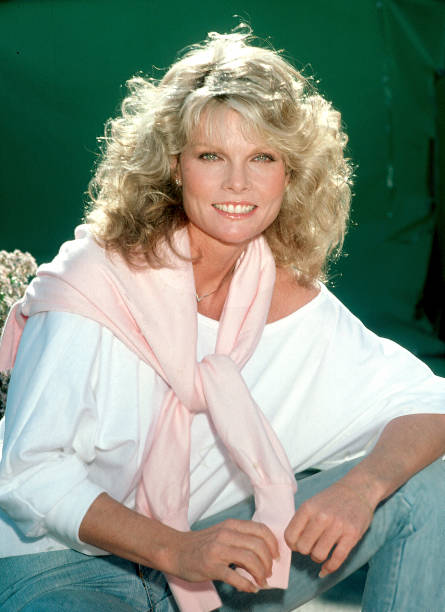
Cathy Lee Crosby’s Wonder Woman is a quietly radical entry in the character’s canon. By reframing Diana Prince as a professional problem-solver in a credible, earthbound world, it demonstrates that heroism isn’t a single costume or power set—it’s a consistent moral compass expressed through skill, courage, and care. That idea remains timeless, and it’s why this early, often-overlooked film still deserves a place in the conversation about how Wonder Woman became an icon.
